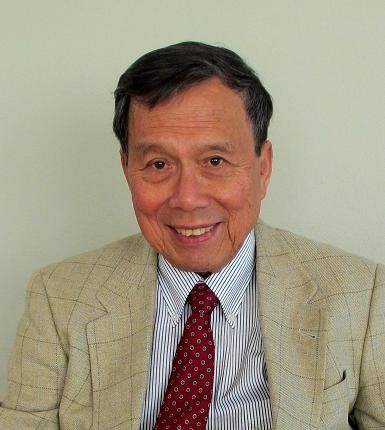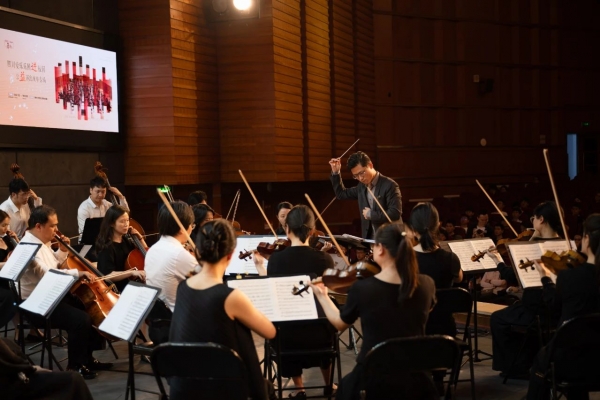即可将网页分享至朋友圈
讲座时间:2018年12月16日 上午10:00
讲座地点:清水河校区科研楼B302
讲座题目:“Discovery of Temporal Universe”&“The Fate of Schrodinger's Cat”
主讲人:Francis T. S. Yu(life Fellow of IEEE,fellow of OSA, SPIE and PSC, Pennsylvania State University)
内容简介:
In this presentation, Prof Yu is anxious to share his recent findings from studying temporal universe. He proposes one model that is quite different from Newtonian space-time and also somewhat different from Hawking's universe.
Based on Einstein’s energy equation, he shows that energy and mass can be traded and every mass can be treated as an Energy Reservoir. Since physical space cannot be embedded in an absolute empty space, our universe is fully packed with physical substances. He explains how it takes time to create a physical space (e.g., our universe) and it cannot bring back the time as had been used for the creation. This means that the origin of our universe was created by time with a gigantic explosion, in which every substance coexists with time. Without time, the creation of all physical substances would not have happened. Although time ignited the creation, yet it is the created physical substances. Moreover, we present a new approach to low-rank tensor completion when the number of samples is only slightly more than the dimension of the corresponding manifold, by solving a set of polynomial equations using Newton’s method. In many applications, sampled data are sent to a central cloud server to complete the tensor completion task. However, revealing data to the server raises privacy concerns. To that end we propose a novel framework for privacy-preserving tensor completion, called homomorphic tensor completion, that is relatively easy to implement in practice.in practice.
Moreover, Prof Yu will describe his most recent research findings and shows that Schrödinger’s radio-active particle is timeless or time-independent. But a timeless particle cannot exist within a temporal subspace. Therefore, the paradox of Schrödinger's Cat, after all is not a paradox at all.
主讲人简介:

Francis T. S. Yu received his B.S.E.E. degree from Mapua Institute of Technology Manila, Philippines, and his M.S. and Ph.D. degrees in Electrical Engineering from the University of Michigan. Since 1980, he has been a Professor in the Electrical Engineering Department at The Pennsylvania State University. He has been a consultant to several industrial and government laboratories. He is an expert in the fields of optical signal processing, holography, information optics, optical computing, neural networks, photorefractive optics, fibre sensors and photonic devices. He has published over 500 research papers. He was named Evan Pugh Professor of Electrical Engineering in 1985 at Penn State. He was named Honorary Professor in Nankai University in 1995, is the co-recipient of the 1998 IEEE Donald G. Fink Prize Paper Award, was named Honorary Professor of the National Chiao-Tung University, Taiwan, and is the recipient of the SPIE 2004 Dennis Garbor award. He has served as associate editors, editorial board and guest editor to various international journals, including IEEE Proceedings, International Journal on Optical Memory and Neural Networks, Microwave and Optical Technology Letters and IEEE Photonics Technology Letters. Prof. Yu is the author and co-author of over 10 academic books and a life fellow of IEEE, and a fellow of OSA, SPIE and PSC.
主办单位:信息与通信工程学院
信息与通信工程学院
2018年12月11日
编辑:王晓刚 / 审核:王晓刚 / 发布:陈伟


